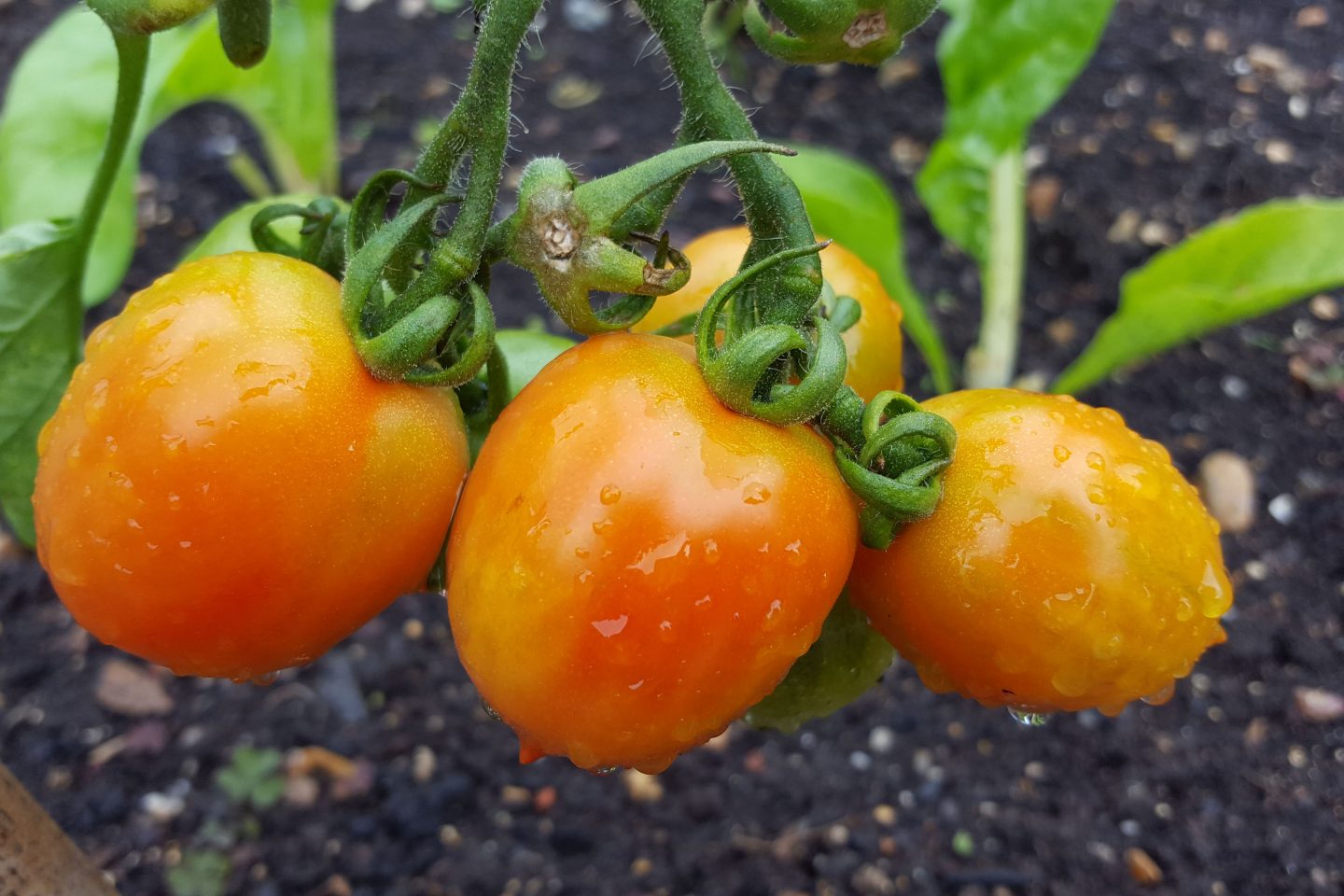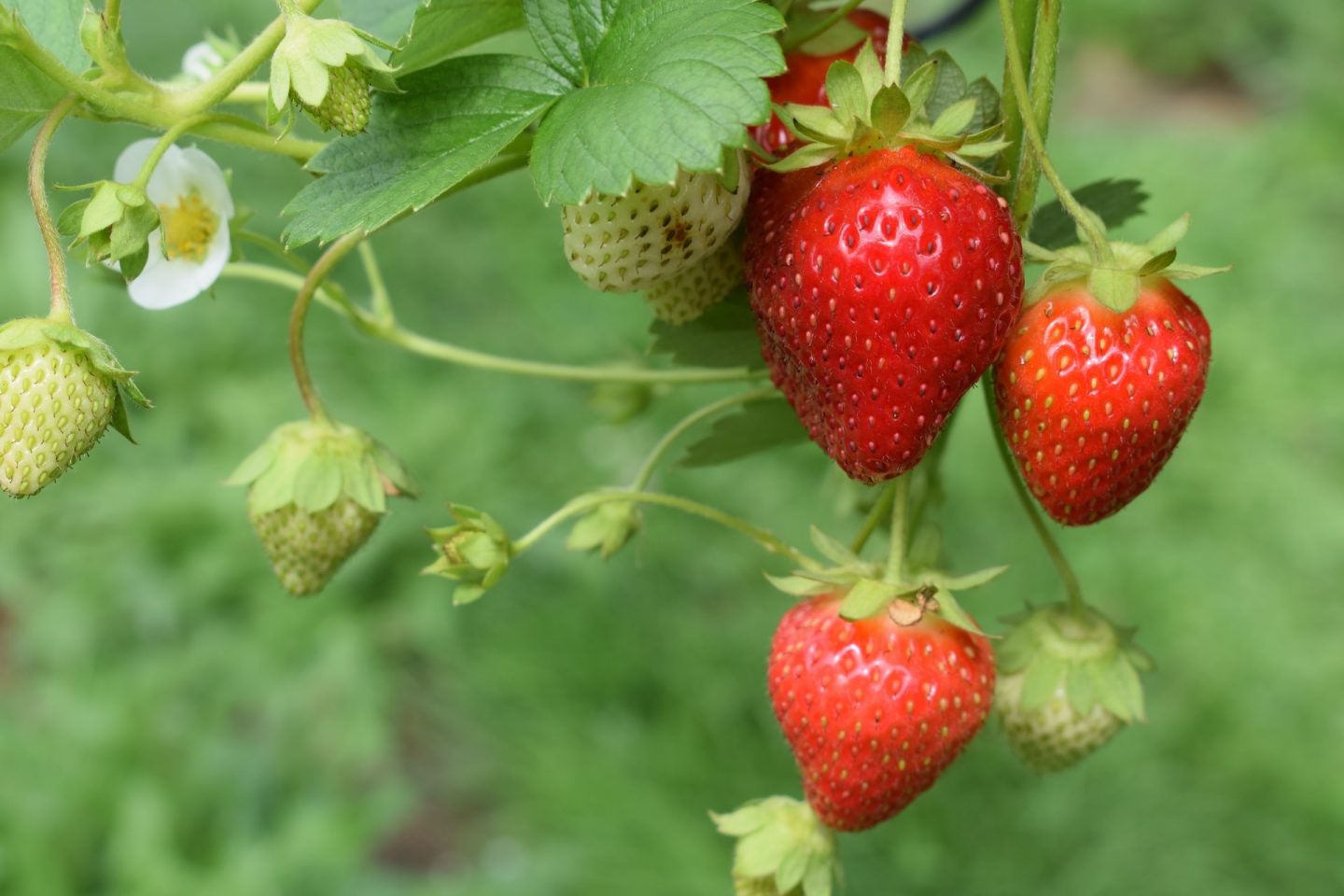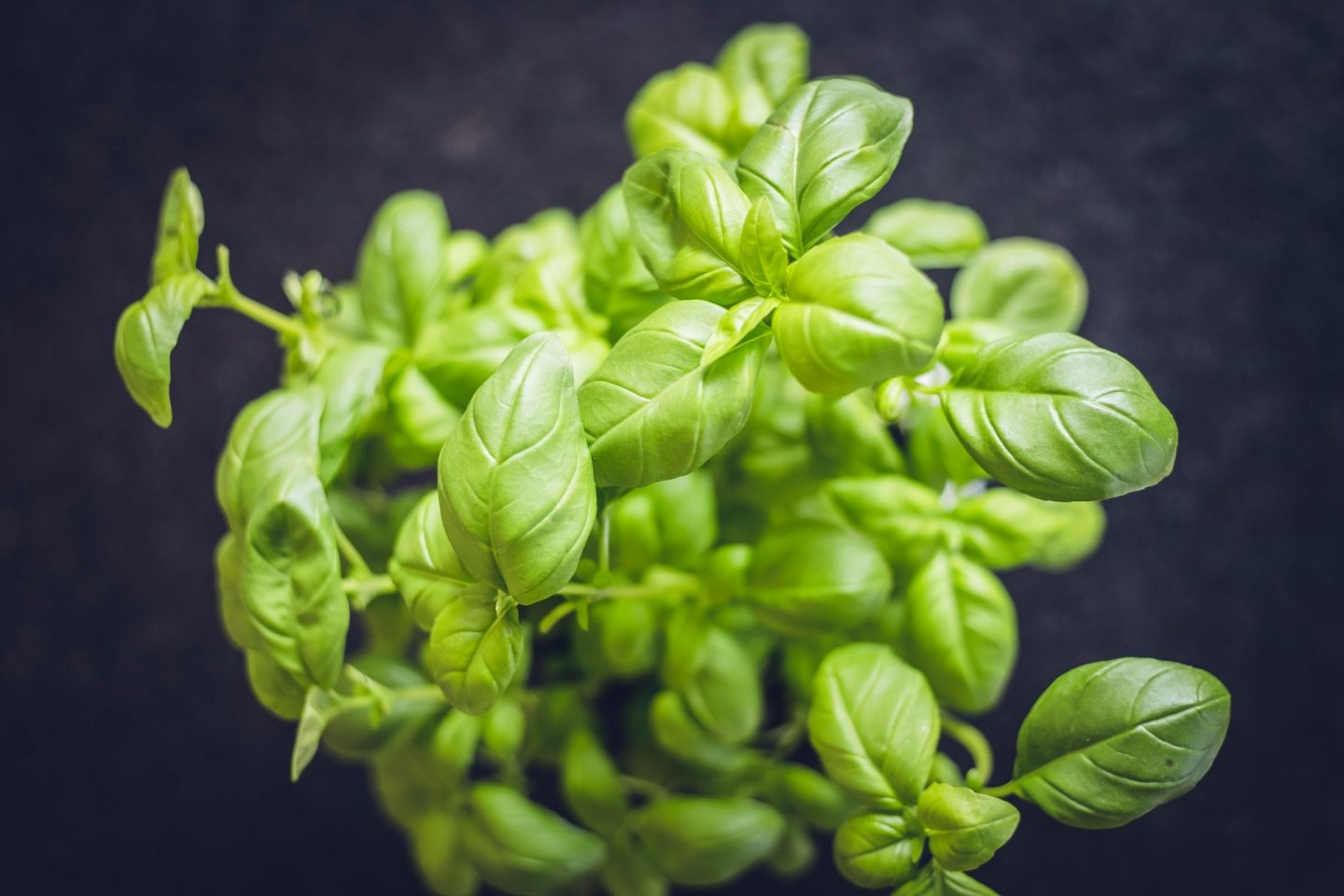Helpful information
Timing: Spring, summer
Where to do it: Outdoors
Garden space: Large garden, small garden, balcony

Timing: Spring, summer
Where to do it: Outdoors
Garden space: Large garden, small garden, balcony
People take to their gardens as a space to relax and de-stress. At the same time, many are now using their resources to grow food.
It’s great to make the most of our space and grow tasty and nutritious food to eat. The process of growing it is joyful in itself.
Pick peas

There really is nothing like the sweet taste of freshly picked peas. Growing your own is so easy, you’ll never look back to shop-bought ones.
The easiest peas to grow are Mangetout and sugarsnap varieties.
The seeds can be sown either outdoors or indoors to give them a head-start. Use small pots or modular trays to sow seeds into. When the seeds have germinated into seedlings (March onwards), plant them in a sunny, well-drained spot with plenty of compost or well-rotted manure.
Bear in mind that they will need a bit of support when growing. Canes or sticks can be used for the tendrils to wrap around and climb up.
Ready to grow radishes

For a fast-growing crop, radishes can be ready to harvest just four weeks after sowing.
Sow the seeds in the growing spot outdoors in the ground, a container or growbag.
Radishes prefer warm soil, and plenty of moisture. Water regularly to ensure the roots grow fleshy and don’t split.
‘French Breakfast’ is a popular variety that will give you a harvest of cylinder-shape radishes with striking red and white roots.
Tasty tomatoes

This popular and versatile crop is easy to grow.
Bush tomatoes are best for beginners because they don’t require much maintenance. They can also be grown in hanging baskets, which makes them great if you’re short on floor space.
Sow the seeds in small pots. Cover with a plastic bag on a bright windowsill until two true leaves have grown. Then, the seedlings can be transplanted to their final growing space.
‘Red Alert’ is a bush variety that produces cherry tomatoes. They are bright red and sweet tasting, perfect for summer salads.
Sweet strawberries

Bare-rooted strawberry runners can be bought and planted in spring. Plant in well-rotted garden compost and at a level where the roots are just buried.
Alternatively, strawberries can be grown in containers and hanging baskets too. Have one plant per pot. Ensure you add some gravel to the bottom of the container for good drainage.
Boost flowers and fruit by feeding with a tomato fertiliser and watering regularly. Try to water the soil and avoid getting the fruit and crowns wet because this can damage the plant.
‘Hapil’ is a great variety to grow for heavy crops of the glossy, sweet, juicy fruits.
Herb garden

If you don’t have much garden space to spare, a window-box of herbs is a fantastic way of growing some goodness for your meals.
A planter on a balcony or box near your kitchen window is the prime position. This one planter can delight all the senses. The fragrance and textures of rosemary, sage, basil, bay, thyme, mint, and oregano are guaranteed to bring you happiness.
What’s more, evergreen herbs such as rosemary, sage, and bay will ensure you have an abundance of herbs all year round.
Sow tender seeds such as basil and coriander indoors. Plant them out when risk of frost has passed. The rest of the herbs can be sown at the same time indoors, or wait until May and sow them outdoors in containers.
In no time, you’ll have crops that you can harvest to bring some deliciousness to your dishes. Once you’ve tasted the flavours that you can grow in your own garden, you’ll never look back.
Celebrity TV gardener and Chartered Horticulturist David Domoney is Thrive's first gardening Ambassador.
Find out more